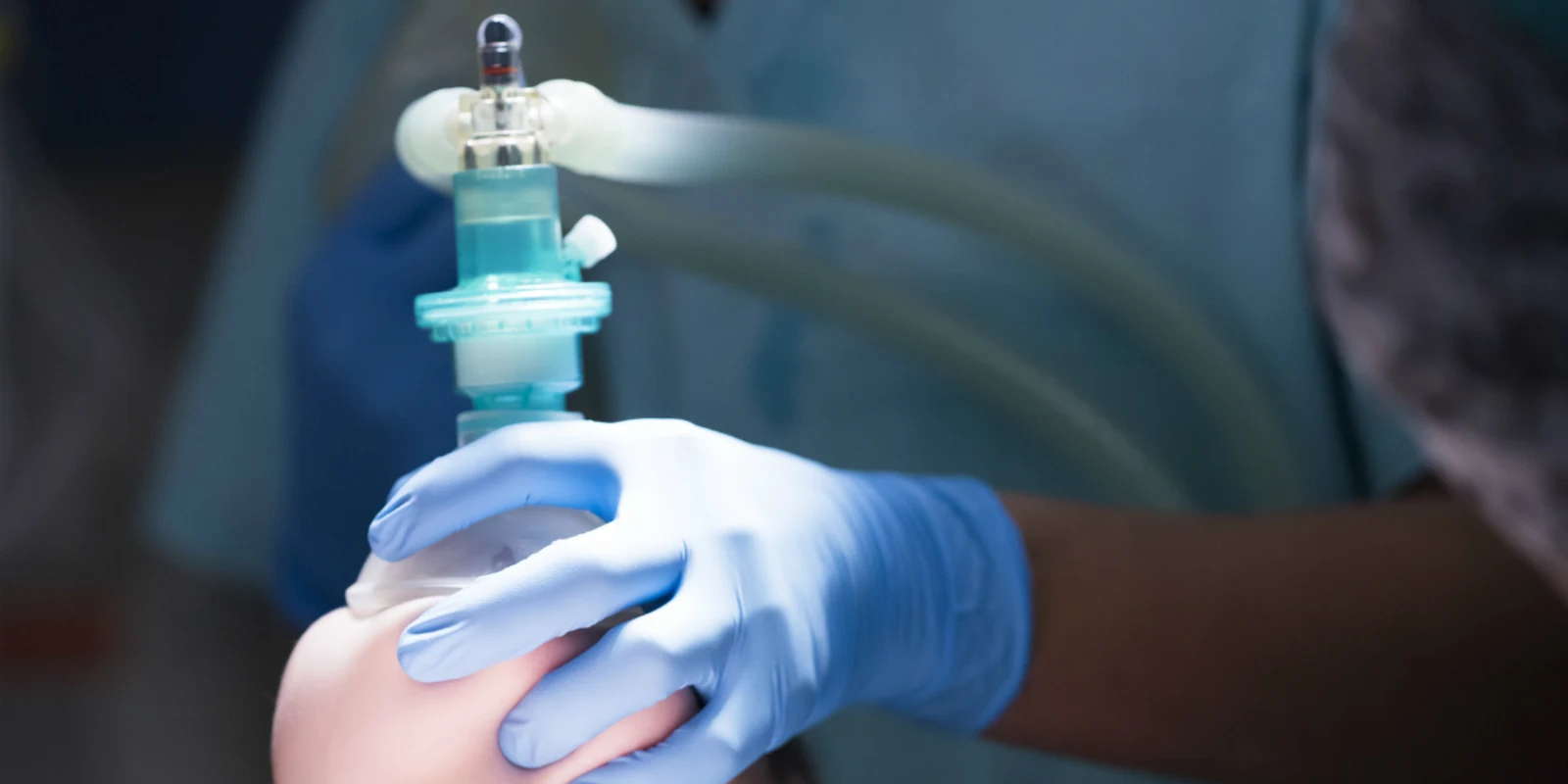
On a sunny Sunday afternoon in San Francisco, at the annual ANESTHESIOLOGY meeting held by the American Society of Anesthesiologists, I delivered a talk on a subject near and dear to my heart: the difficulties of delivering anesthesia outside of the operating room (OR).
If you are not an anesthesiologist, you may ask, why is this such a big deal? Wouldn't you just give the same drugs you do inside the OR? Why does it make a difference? Unfortunately, it makes a huge difference.
Non-operating room anesthetizing locations, or NORA locations, have a unique set of challenges that can make any anesthesiologist groan.
More complex patient population. Many of these patients are not surgical candidates because of older age or significant comorbidities. To alleviate symptoms of their disease, they present for less invasive procedures outside of the OR; however, because of their comorbidities and older age they pose a higher risk for anesthesia.
Monitored anesthesia care. Given the short and less invasive nature of these procedures, many of them are done with monitored anesthesia care (MAC). As any anesthesiologist knows, although MAC is often described as "just sedation," oversedation is common and related to many malpractice claims. According to the ASA Closed Claims Database, the majority of claims related to NORA locations were due to respiratory events, including inadequate oxygenation and ventilation, that were judged to be preventable.
Procedure room ergonomics. Cardiology and radiology procedural areas contain bulky fluoroscopic equipment, often located right at the patient's head, making access to the patient physically difficult. Anesthesia machines and intravenous medication pumps have to be located far away from the patient, requiring a confusing mass of tubing and lines to maintain adequate monitoring and sedation – not to mention posing an occupational hazard to the anesthesia providers themselves.
Procedural team unfamiliar with anesthesia. Cardiology, radiology, and gastroenterology procedures are becoming less invasive but achieving much more – for example, we can now replace an aortic valve from a sheath in the groin. Traditionally, non-anesthesiologists have managed "conscious sedation" on their own with combinations of fentanyl and midazolam, and thus may be unfamiliar with the particular perils of combining propofol with opioids in an unprotected airway. In many cases, MAC may not be the safest approach – especially in the obese patient with a difficult airway.
Anesthesia team unfamiliar with the procedure. Likewise, as new technologies and procedures are being developed every day, it is difficult for the anesthesia team to keep up with what these specialists are doing to their patients. Moreover, given the minimally invasive approach of many of these procedures, it is difficult to gauge exactly what is going on. In an open laparotomy or laparoscopic procedure, the anesthesia provider can see exactly what the surgeon is incising, whether a vessel is bleeding, etc. This is not possible with a minimally invasive procedure done with fluoroscopy.
Remote area. Many of these procedure suites are located far away from the operating rooms, or even on different floors. As such, help in the form of other anesthesiologists or anesthesia techs may be difficult to access. Transportation of these patients to the recovery area may take a long period of time, requiring high vigilance for patients newly emerging from anesthesia.
All of these factors together probably contribute to the difficulties of administering anesthesia outside of the OR. It is too much to expect hospitals to change the layout and locations of their procedural suites – although many hospitals are now considering installing hybrid operating rooms. Rather, anesthesiologists can focus on three main areas to improve safety in these locations: communication, medication administration, and monitoring.
1. Communication. Early identification of high-risk patients is imperative, and both procedural and anesthetic plans must be discussed amongst all teams.
2. Medication administration. Medication administration must be judicious; as these cases are often minimally invasive with reduced analgesic requirements, single anesthetics such as propofol are often sufficient. Oversedation and hypoventilation are more likely when multiple medications (anesthetic, opioid, benzodiazepine) are given together.
3. Monitoring. Monitoring of a hypercapneic patient in the dark cardiac catheterization laboratory or CT scanner can be challenging. Thus, accessory monitors, such as capnography, are necessary to monitor for adequate ventilation. Pulse oximetry is not sufficient as hypoxemia may be a late sign of hypoventilation.
Unfortunately, complications are still going to occur in NORA locations, and subspecialists are going to continue to push the limit of what's possible. Anesthesiologists will be expected to take care of older and sicker patients in these areas. High standards for patient safety must be maintained wherever anesthesia is administered. Anesthesiologists have historically been the vanguard for patient safety in the operating room, and must continue to push for patient safety outside of the operating room as well.
Dr. Emily Methangkool is a board-certified cardiothoracic anesthesiologist at the University of California, Los Angeles. She is an Assistant Clinical Professor and Co-Chair of the Department of Anesthesiology and Perioperative Medicine's Quality Improvement/Quality Assurance Committee. She is active in regional and national organizations including the California Society of Anesthesiologists, American Society of Anesthesiologists, Society of Cardiovascular Anesthesiologists, and the Anesthesia Patient Safety Foundation. Follow her on Twitter @dremilym.







